SUBARU BAJA 06-05 AllSUBARU FORESTER 06-05 AllSUBARU IMPREZA 06-05 AllSUBARU LEGACY 06-05 AllSUBARU ...
NTC EGT Sensor Manufacturers
The NTC EGT Sensor uses NTC thermistor technology. When the temperature of the three-way catalytic converter rises abnormally, the resistance value drops rapidly, triggering the alarm system to light up the exhaust temperature warning light, and promptly reminding the driver to avoid catalyst failure due to overheating or damage to vehicle components. NTC thermistors are highly sensitive to temperature changes, and even a small temperature rise can feed back signals within milliseconds, ensuring that the protection mechanism is quickly activated in scenarios such as engine misfires and operating conditions. Our products are suitable for a variety of mainstream models and commercial vehicle brands.
| Sensor Type | NTC thermistors |
| Probe Numbers | 1~2 |
| RTD Type | NTC Thermistor |
| Operating Temp. Range | -40℃ to +900℃ |
| Measurement Accuracy | <600℃:±10℃ |
| >600℃:±20℃ | |
| Response Time at 10m/s | <8s |
| Signal Output On the Car | Voltage |
| Design Reliability | Good |
-
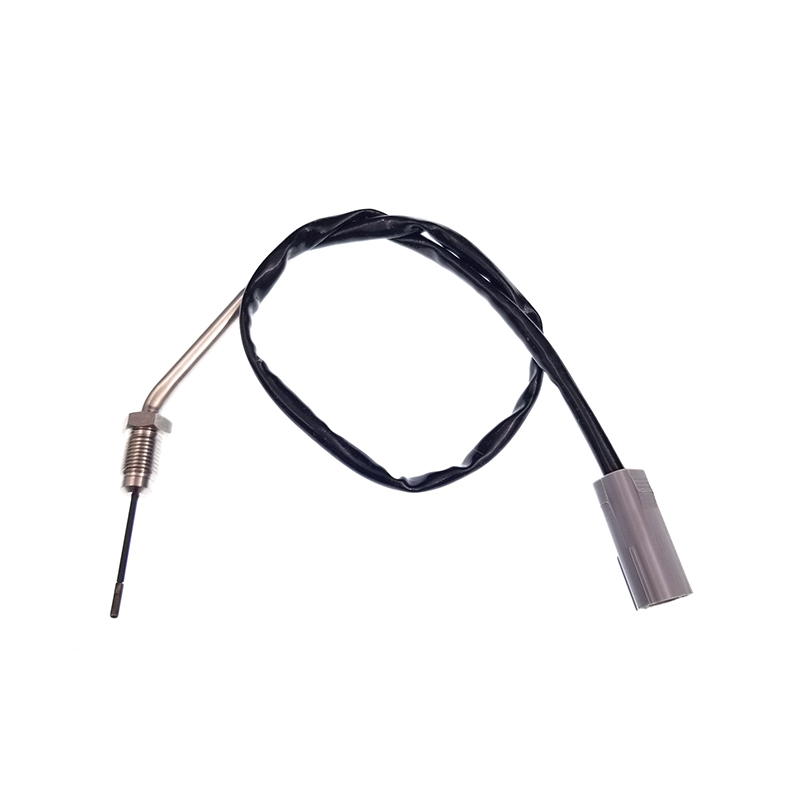
-
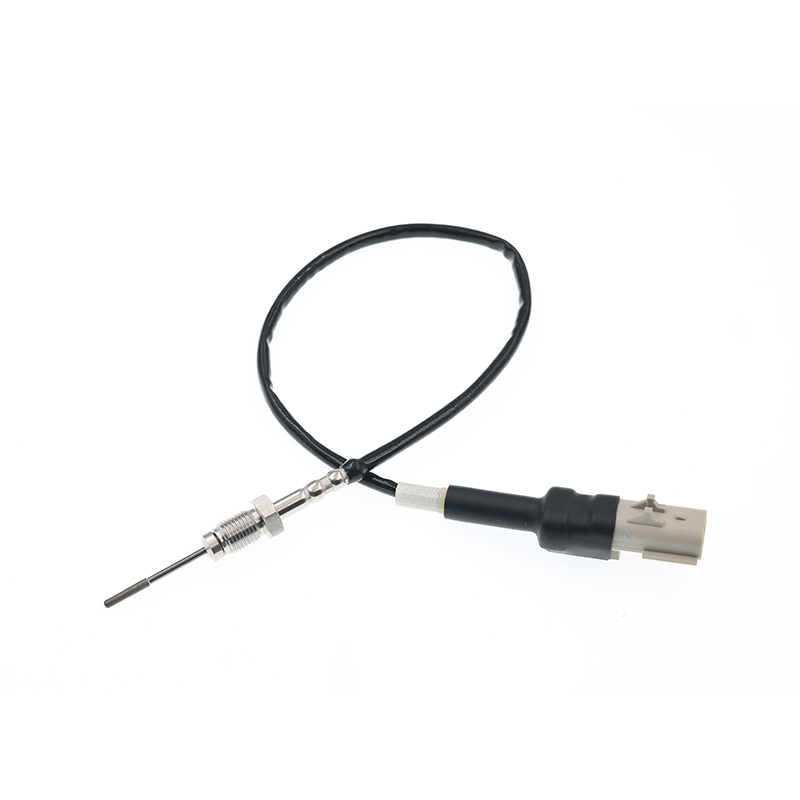 4954574,C4954574,3690660KX100 NTC EGT Sensor
4954574,C4954574,3690660KX100 NTC EGT SensorCummins DAF LF 45
-
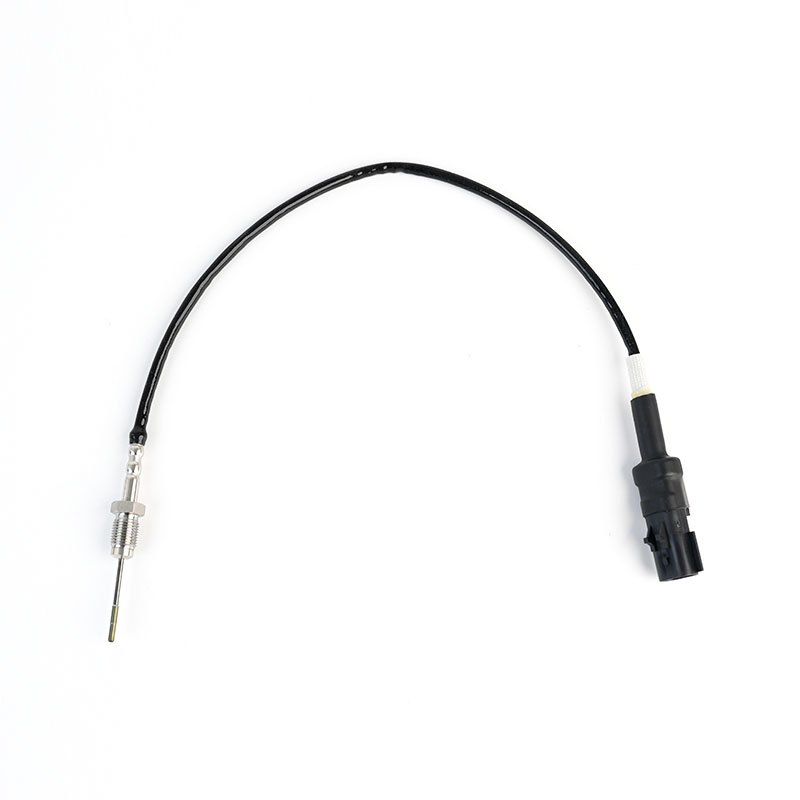 4902912,C4902912,3690650KX100 NTC EGT Sensor
4902912,C4902912,3690650KX100 NTC EGT SensorCummins ...
-
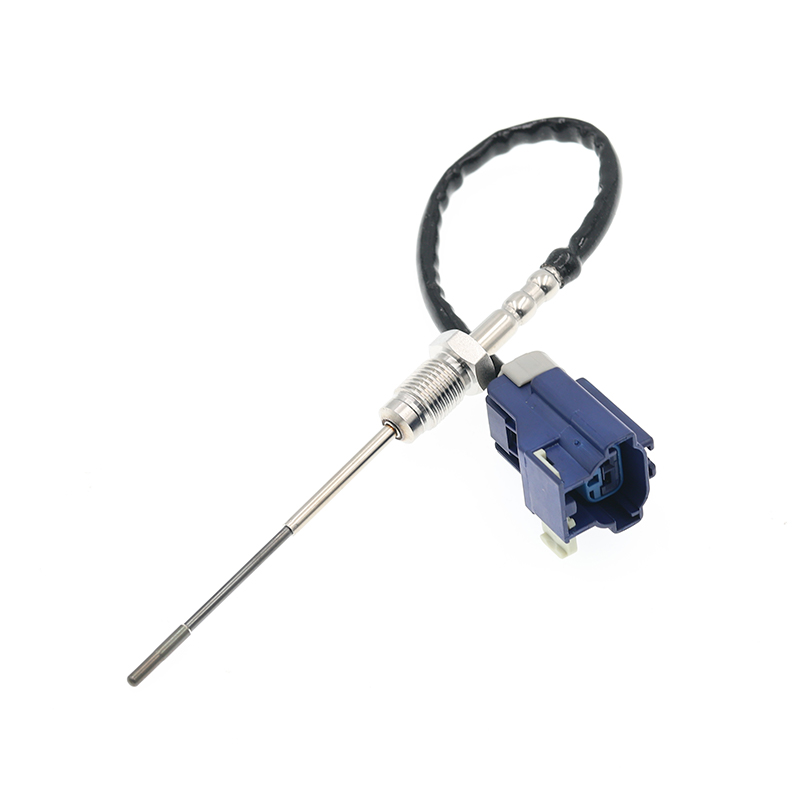
-
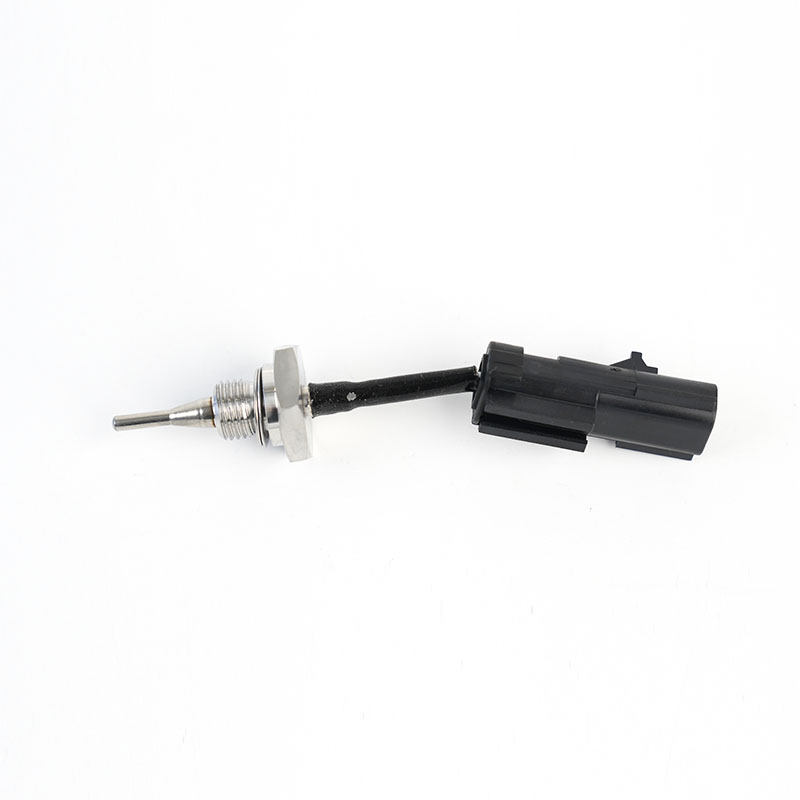 4088712,9047118 NTC EGT Sensor
4088712,9047118 NTC EGT SensorCummins
-
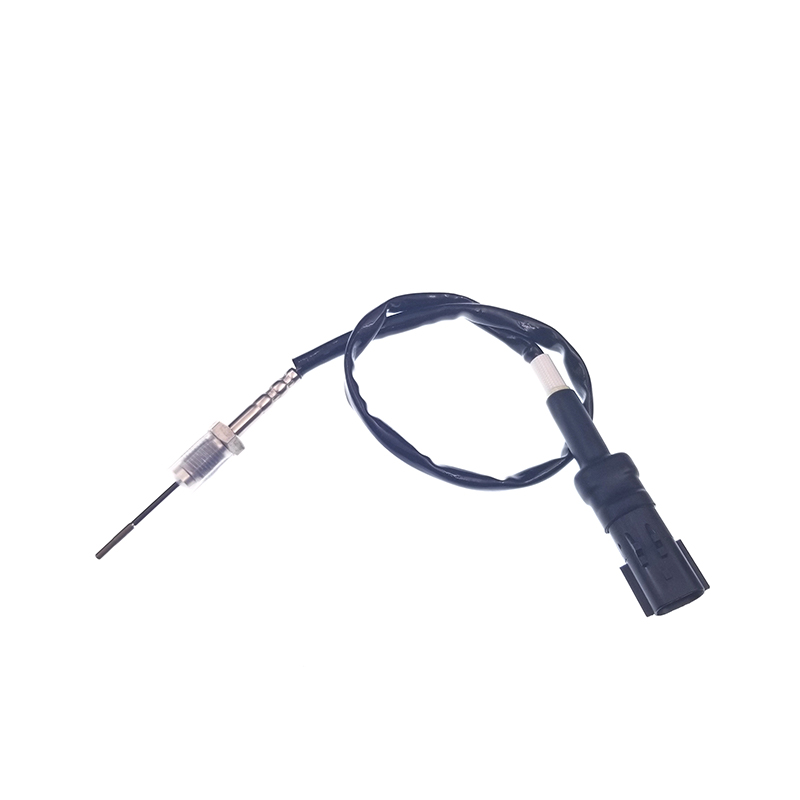
-
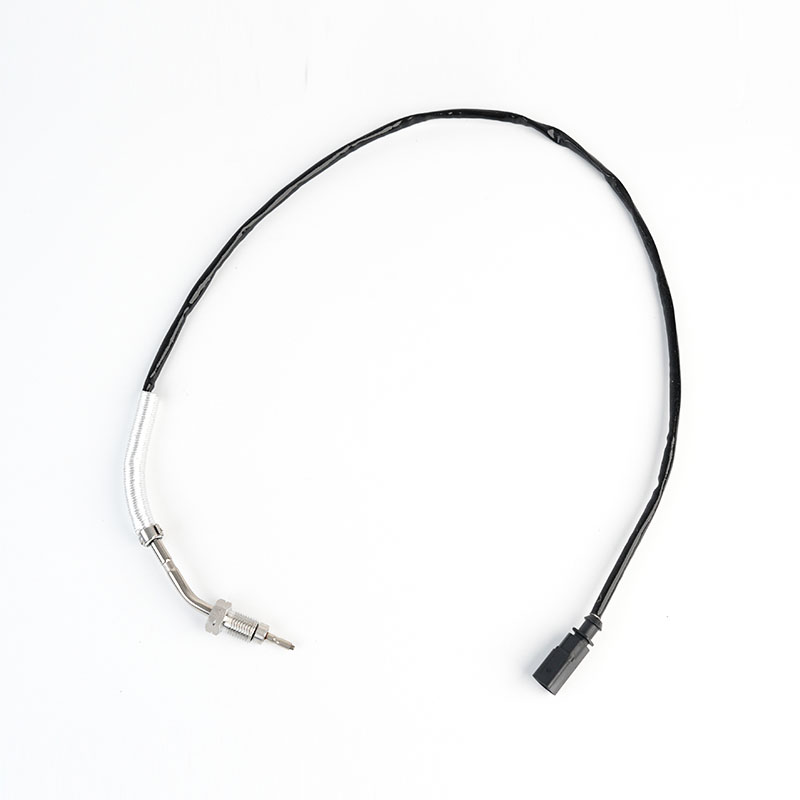 03L906088FA NTC EGT Sensor
03L906088FA NTC EGT SensorAUDI A1 1.6TDI DPF ...
-
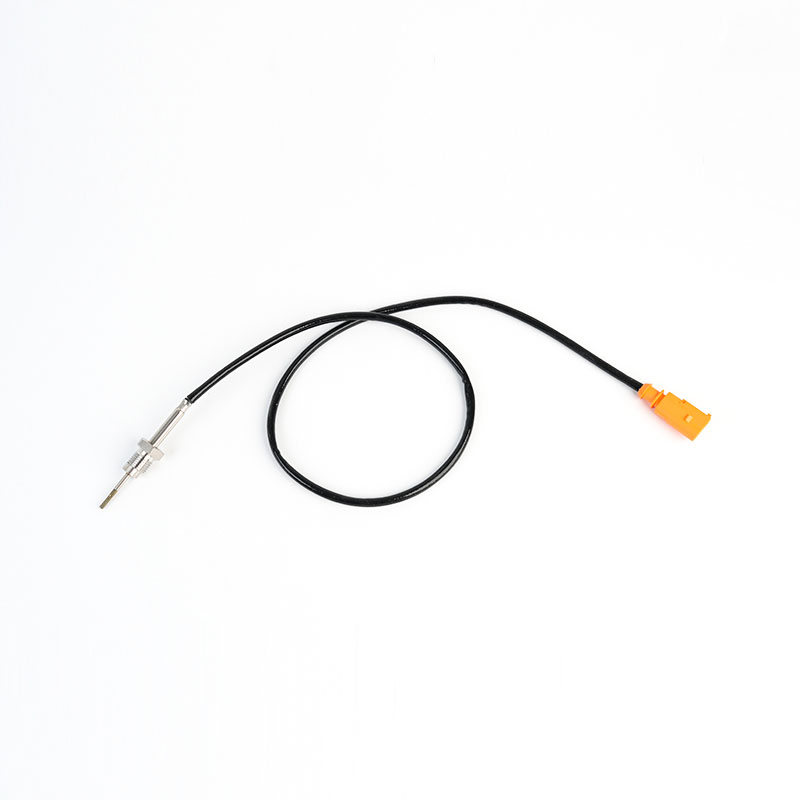 03L906088BJ,03L906088CM NTC EGT Sensor
03L906088BJ,03L906088CM NTC EGT SensorAUDIA3 (8P1) (2003/05 - 2012/08) AUDIA3 Sportback (8PA) (2004/09 - 2013/03) AUDITT (8J3) ...
-
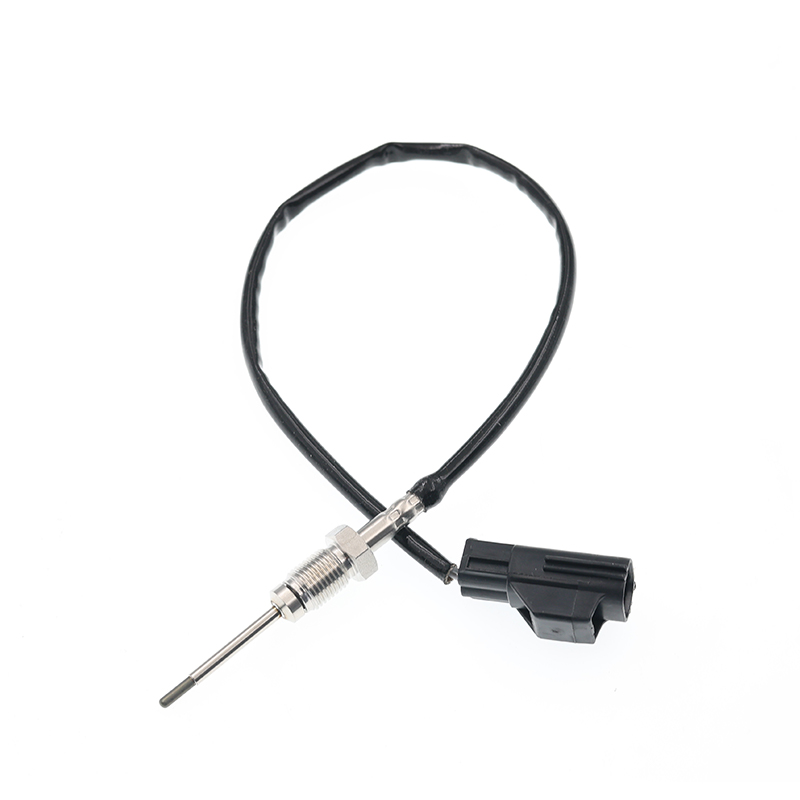 1381181 NTC EGT Sensor
1381181 NTC EGT SensorFORDMONDEO III Saloon (B4Y) (2000/11 - 2007/08) FORDMONDEO III (B5Y) (2000/11 - 2007/08) ...
-
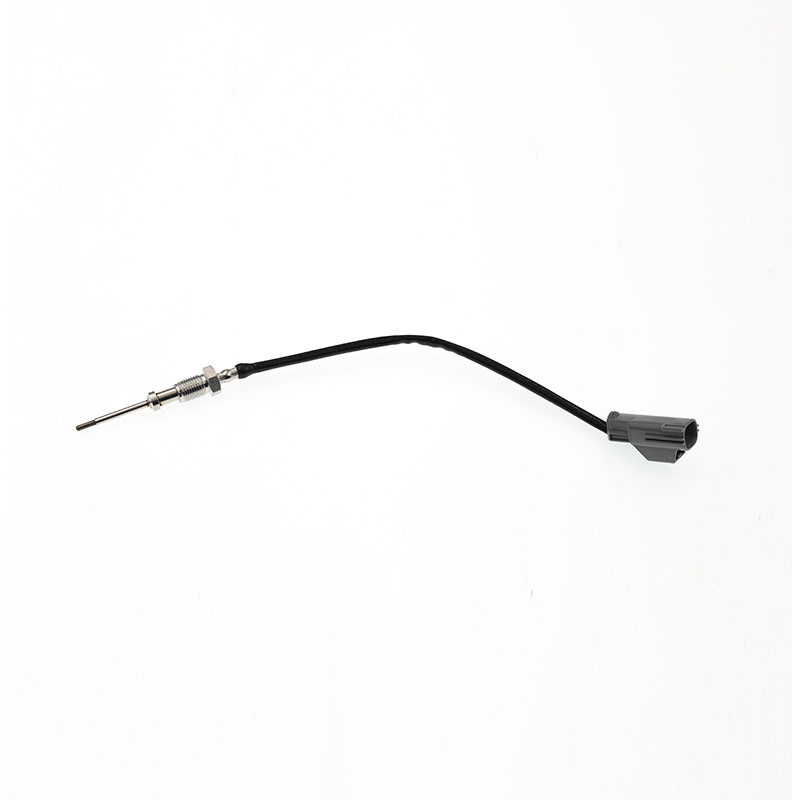 1496243,1465174,8C1112B591CA NTC EGT Sensor
1496243,1465174,8C1112B591CA NTC EGT SensorFORD TRANSIT Bus (2006/04 - /)FORD TRANSIT Box (2006/04 - /)FORD TRANSIT Platform/Chassis ...
-
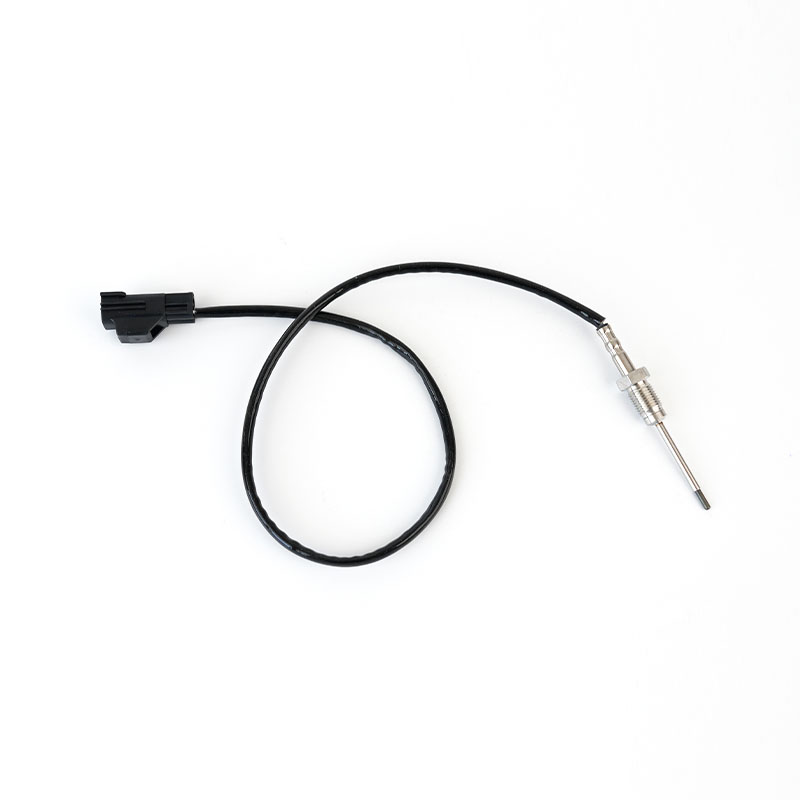 1508575,8V4112B591BA NTC EGT Sensor
1508575,8V4112B591BA NTC EGT SensorFORD KUGA I (2008/03 - /) ...
-
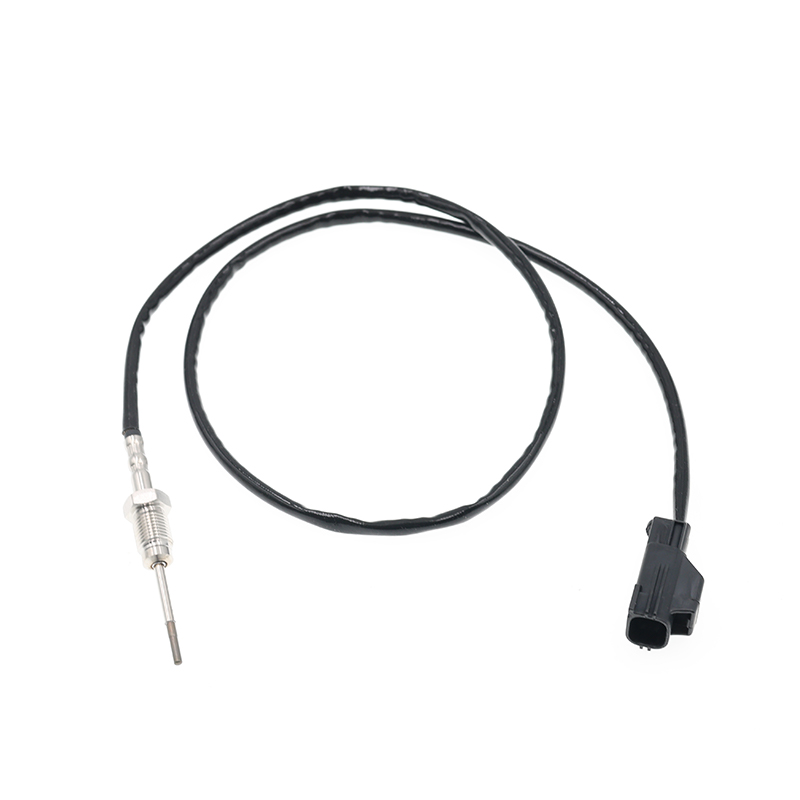 1681281,AG9112B591AA,AV6112B591AA NTC EGT Sensor
1681281,AG9112B591AA,AV6112B591AA NTC EGT SensorFORDGALAXY (WA6) (2006/05 - /) FORDS-MAX (WA6) (2006/05 - /) FORDMONDEO IV Saloon (BA7) ...
Specializing in the research and development of intelligent vehicle exhaust temperature sensor, intelligent NOX sensor, NH3 sensor, H2 sensor and speed sensor, design, production, sales and integration.
Sook High Tech (Jiangsu) Co., Ltd. was established in 2015, with a registered capital of 30.5 million yuan. Has won High-tech enterprise, National science and technology small and medium-sized enterprise, Software enterprise, Member of China Machinery Industry Standardization Technology Association, Council Members of Sensor and IoT Industry Association, Council Members of China Instrument Industry Association Sensor Branch and Council Members of Jiangsu Import and Export Chamber of Commerce.
As a professional China OEM NTC EGT Sensor Manufacturers and ODM NTC EGT Sensor Factory
, SOOK High Tech focuses on the design, production, sales and integration of various sensors for smart cars and industrial fields, as well as cables and heaters for the industrial field.
Has an annual production capacity of 600,000 sensors of various types. There are more than 2,000 items of exhaust temperature sensors, 450 items of NOx sensors, and 1,300 items of ABS sensor, which are exported to Europe and the United States.
Learn about our industry exhibition information and recent events in our company.
-
SOOK Achievements in 2022
● April 2022: obtained the batch of 2022 Jiangsu technology-based small and medium-sized enterprises ; ●In June 2022, undertake to focus on the research and development plan of th...20 -
School-enterprise cooperation
The company has cooperation projects with Jiangsu University, Huazhong University of Science and Technology, Xinjiang Institute of Physics and Chemistry, Chinese Academy of Science...20 -
SOOK International Exhibition Tour in 2019
2019-09-06 00:31:55 We participate in more than 10 exhibitions around the world every year. ● Turkey (Istanbul) International Auto Parts and After-sales Service Exhibition in Apri...20
What are the common symptoms of NTC EGT sensor failure?
Common symptoms of NTC EGT sensor failure
1. Abnormal resistance (short circuit/open circuit)
When an NTC thermistor shorts due to aging or poor welding, the resistance drops sharply. An open circuit results in infinite resistance, preventing the ECU from receiving a valid temperature signal.
2. High-temperature failure
Prolonged exposure to exhaust temperatures exceeding 900°C can cause internal components to melt or performance degradation, resulting in low readings or failure.
3. Mechanical vibration and wiring damage
Severe vibration or exhaust system modifications can loosen internal sensor connections, bend or break wiring, and cause intermittent alarms or signal interruptions.
4. Contamination and corrosion
Antifreeze, oil, or metal corrosion entering the sensor cavity can increase measurement errors and cause the exhaust temperature warning light to illuminate abnormally.
How can I quickly detect a malfunctioning EGT sensor?
1. On-site Voltage/Signal Testing
With the vehicle powered on, use a multimeter or diagnostic tool to measure the sensor's supply voltage and output voltage. The normal range should correspond to the technical manual; abnormal voltages directly indicate a sensor failure.
2. Offline Resistance Measurement
Unplug the sensor wiring harness and use a multimeter in the Ω range to measure resistance at different temperatures. The NTC characteristic should indicate a decrease in resistance with increasing temperature. If the resistance does not change with temperature or exceeds the specification, the sensor is considered faulty.
3. Oscilloscope Waveform Inspection
Observe the signal output waveform with an oscilloscope under idling or acceleration conditions. Normally, a sine wave with an amplitude >6V should be present. An absent waveform or excessive noise indicates damage to internal components or wiring.
4. Diagnostic Trouble Code Reading
Use an OBD diagnostic tool to read ECU fault codes and compare the real-time data stream with the temperature curve to quickly locate sensor anomalies or wiring problems.



 English
English Español
Español Français
Français
 简体中文
简体中文